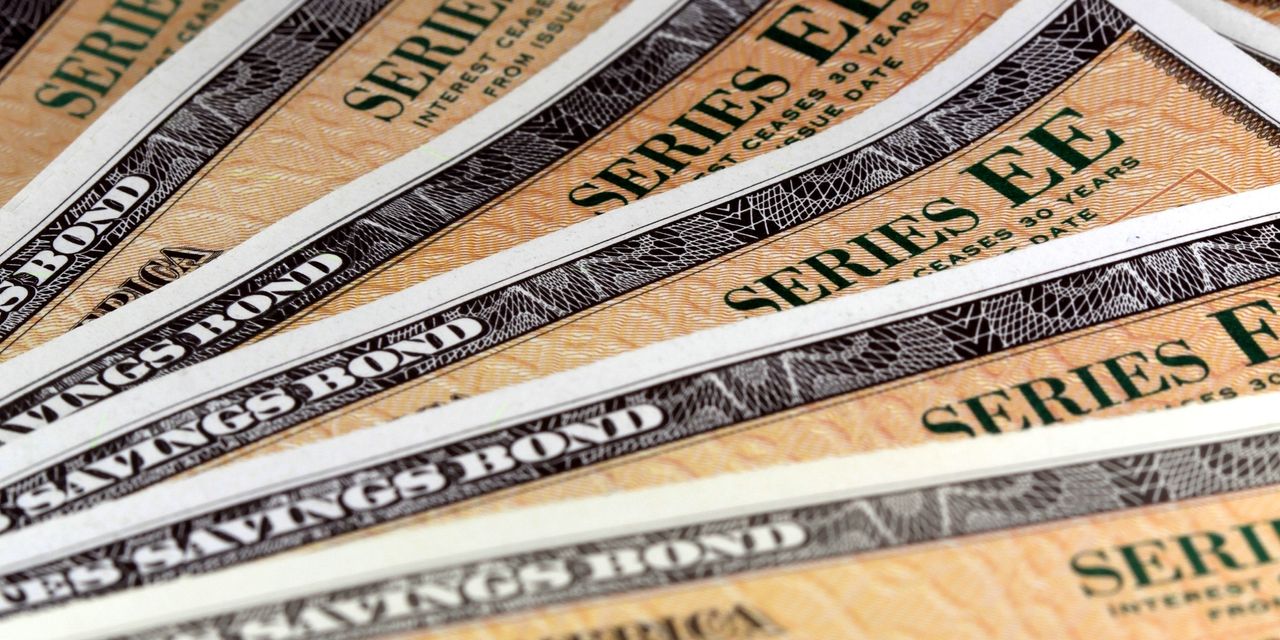The bond market inversion reached its steepest since 1981 this week. When investors charge the government more to borrow for two years than for 10 years, it’s often seen as a sign that a recession is coming.
But the curve has been inverted for a year now—long enough to raise questions about whether this anticipated recession is actually going to arrive. And it might not—so far, the economy has been more resilient than most had expected in the face of aggressive Federal Reserve interest-rate increases.
At the most basic level, an inverted yield curve simply means that bond investors expect interest rates to be higher in the short term of two years than over the longer term of 10 years.
Normally, that’s not the case. Typically, investors will demand higher interest rates on longer-term bonds because they’re parting with their money for longer. If traders are willing to charge a lower interest rate on longer-term debt, the usual thinking is that they expect the Fed to have to slash interest rates as the economy weakens.
The current abnormality stems from expectations that the Fed will keep raising interest rates for now. The two-year yield has risen to almost 5%, the highest since March, up from around 3.8% in April after data showed economic strength that could give fuel to inflation.
The 10-year yield hasn’t risen as much. The yield is now about 3.8%, up from around 3.3% in April. In other words, traders have raised their expectations for Fed rates in the near term by a lot more than they have changed expectations of longer-term Fed rates.
That might mean that investors expect a recession. Higher interest-rates now will push down economic demand, forcing the Fed to cut rates later.
But it could also just mean the market doesn’t expect the Fed to keep raising rates forever. It’s possible that the Fed raises interest rates enough in the short term to bring inflation into line without crushing the economy, and then finds room to lower rates again later. This scenario is what is sometimes called the “soft landing” for the Fed, or “immaculate disinflation.”
The yield curve is consistent with both of those stories. It won’t be clear which one is right for a long time yet.
Write to Brian Swint at [email protected]
Read the full article here







